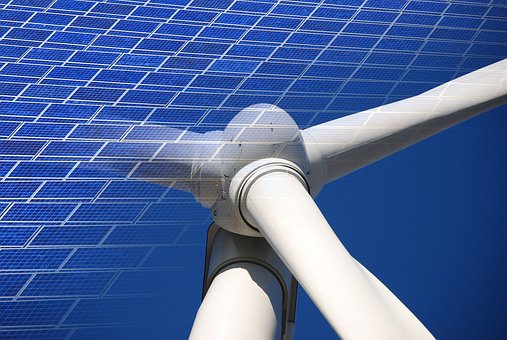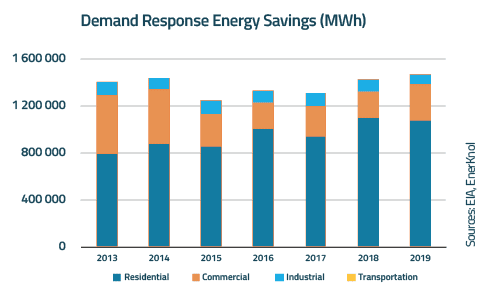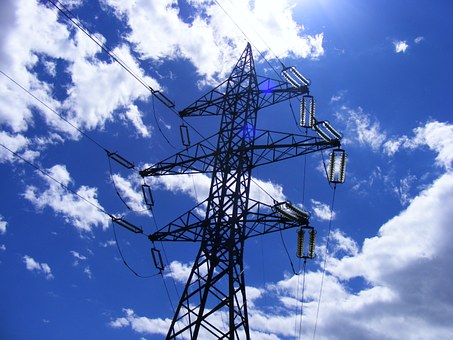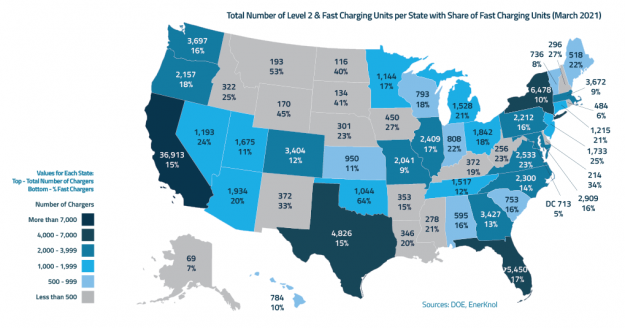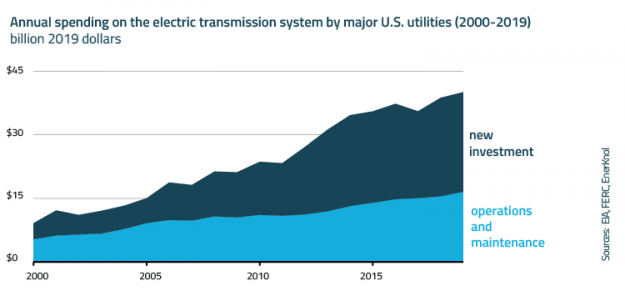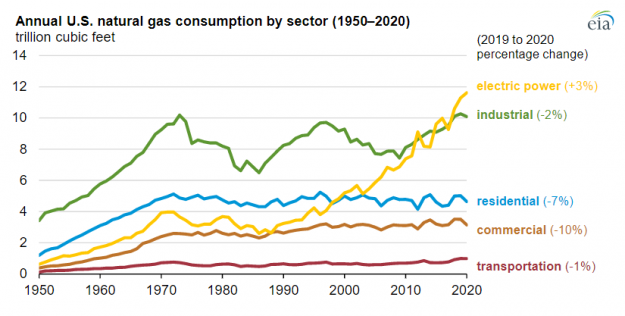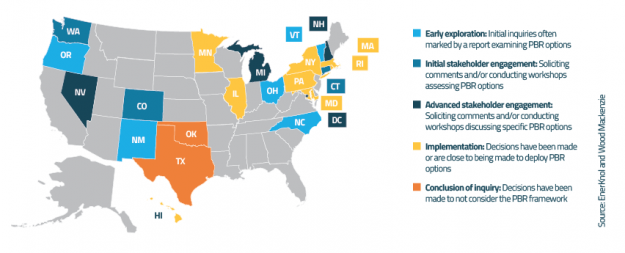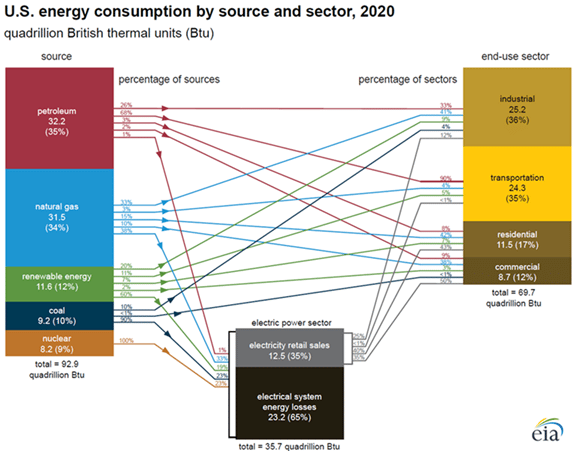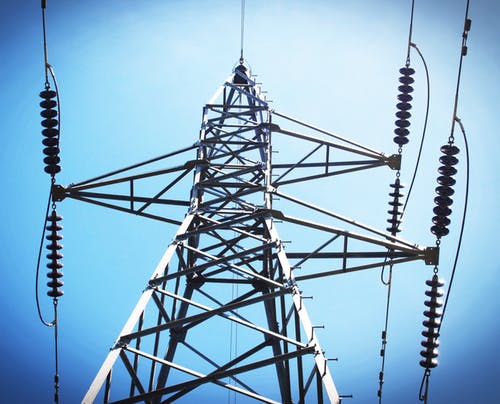U.S. LNG Exports Rose by 42 Percent in First Half of 2021: EIA
U.S. liquefied natural gas exports hit record highs in the first half of 2021, averaging 9.6 billion cubic feet per day (Bcf/d), according to a July 27 report from the U.S. Energy Information Administration. This represents a 42 percent increase from exports during the same period in 2020, when gas exports hit record lows during…...

